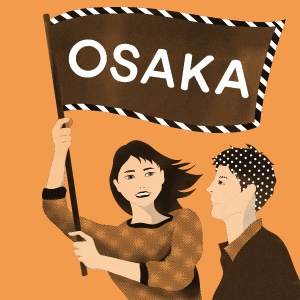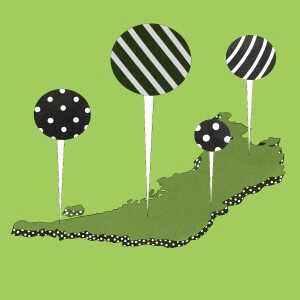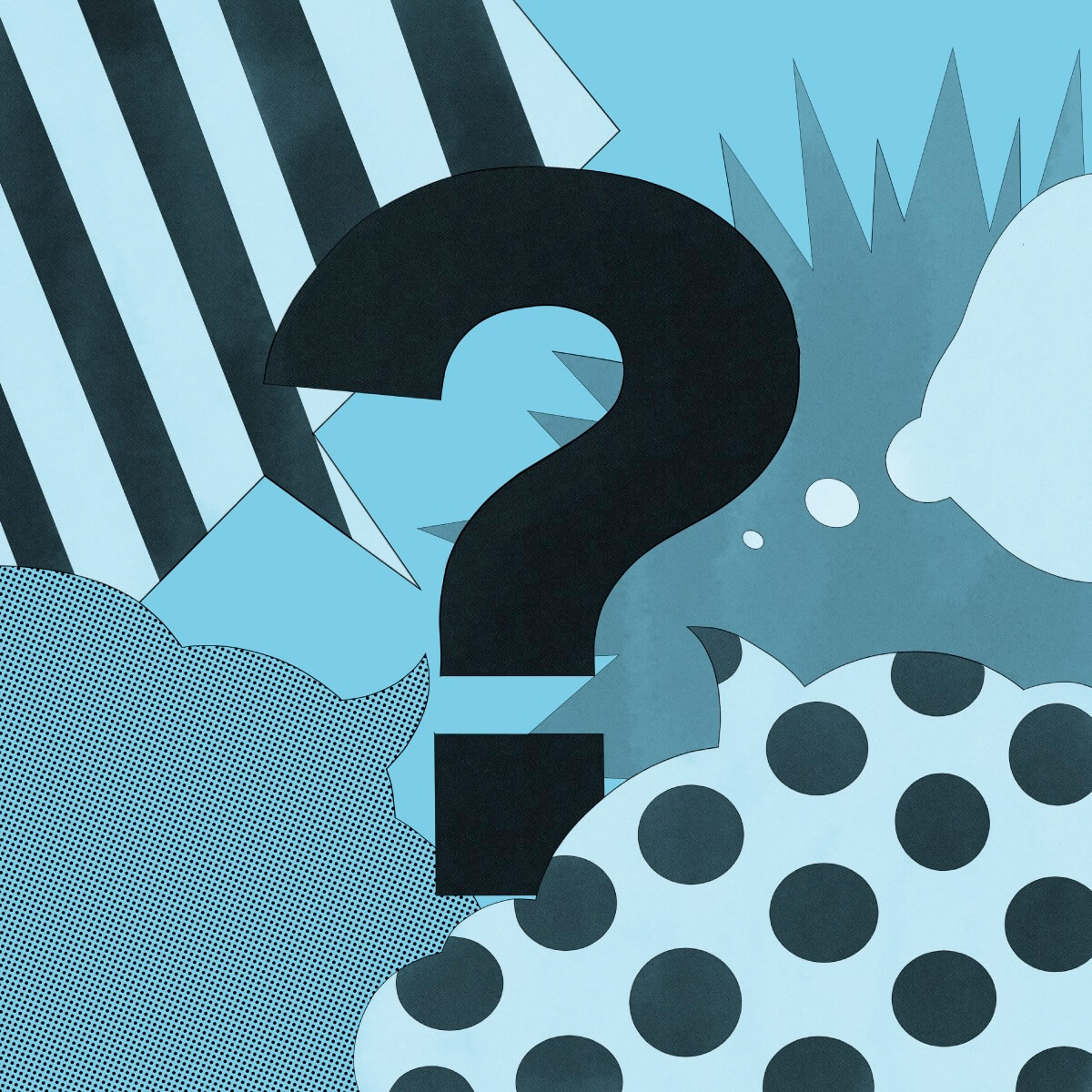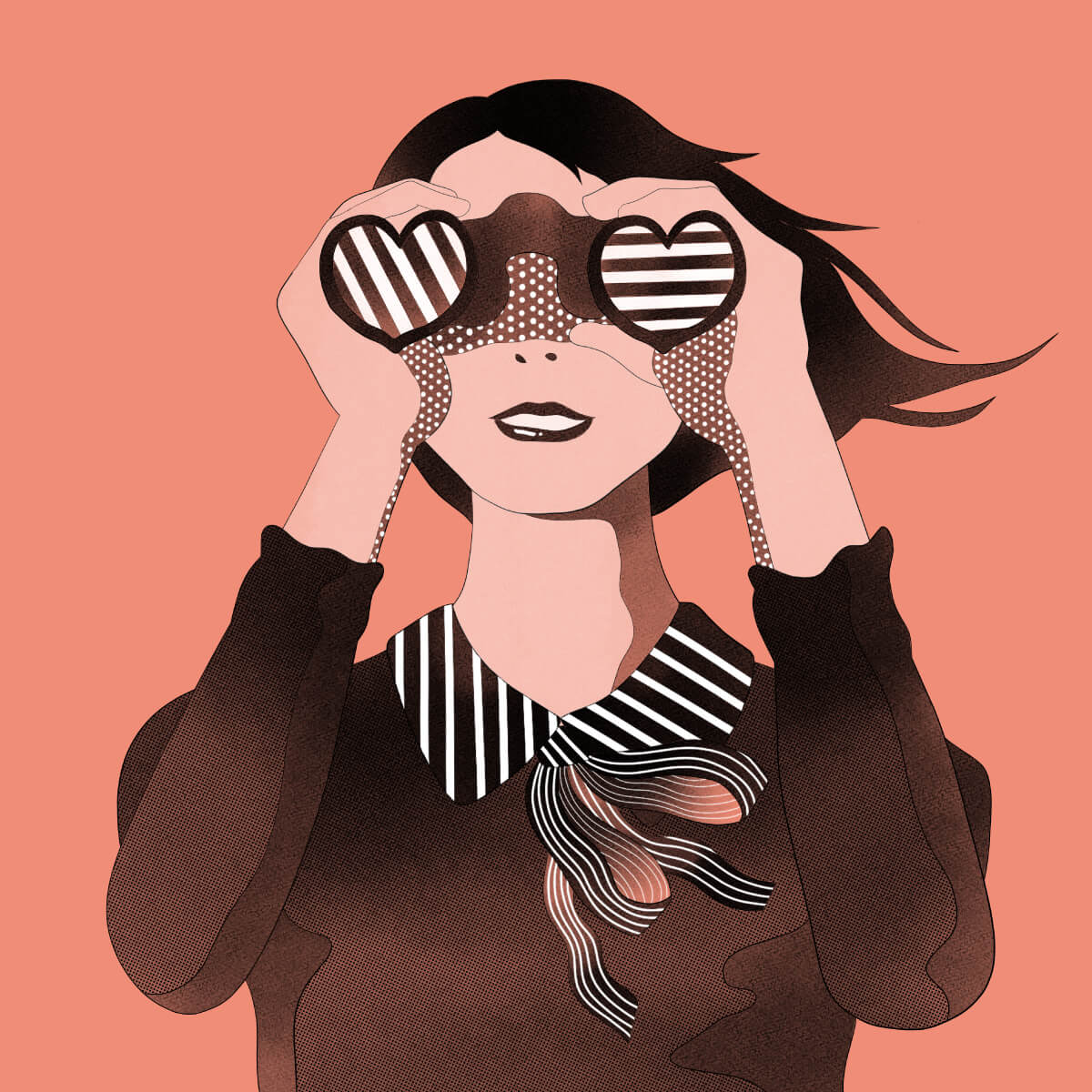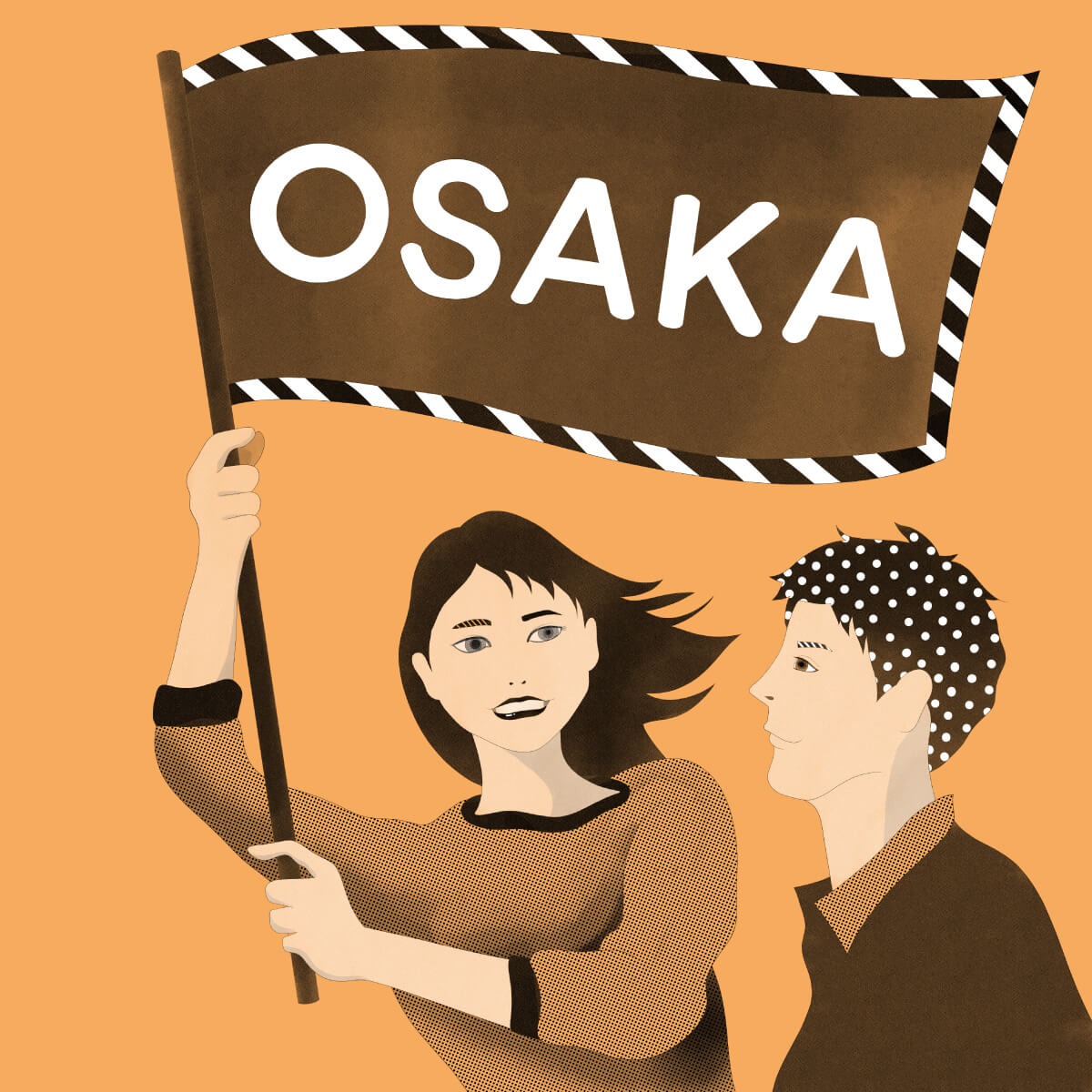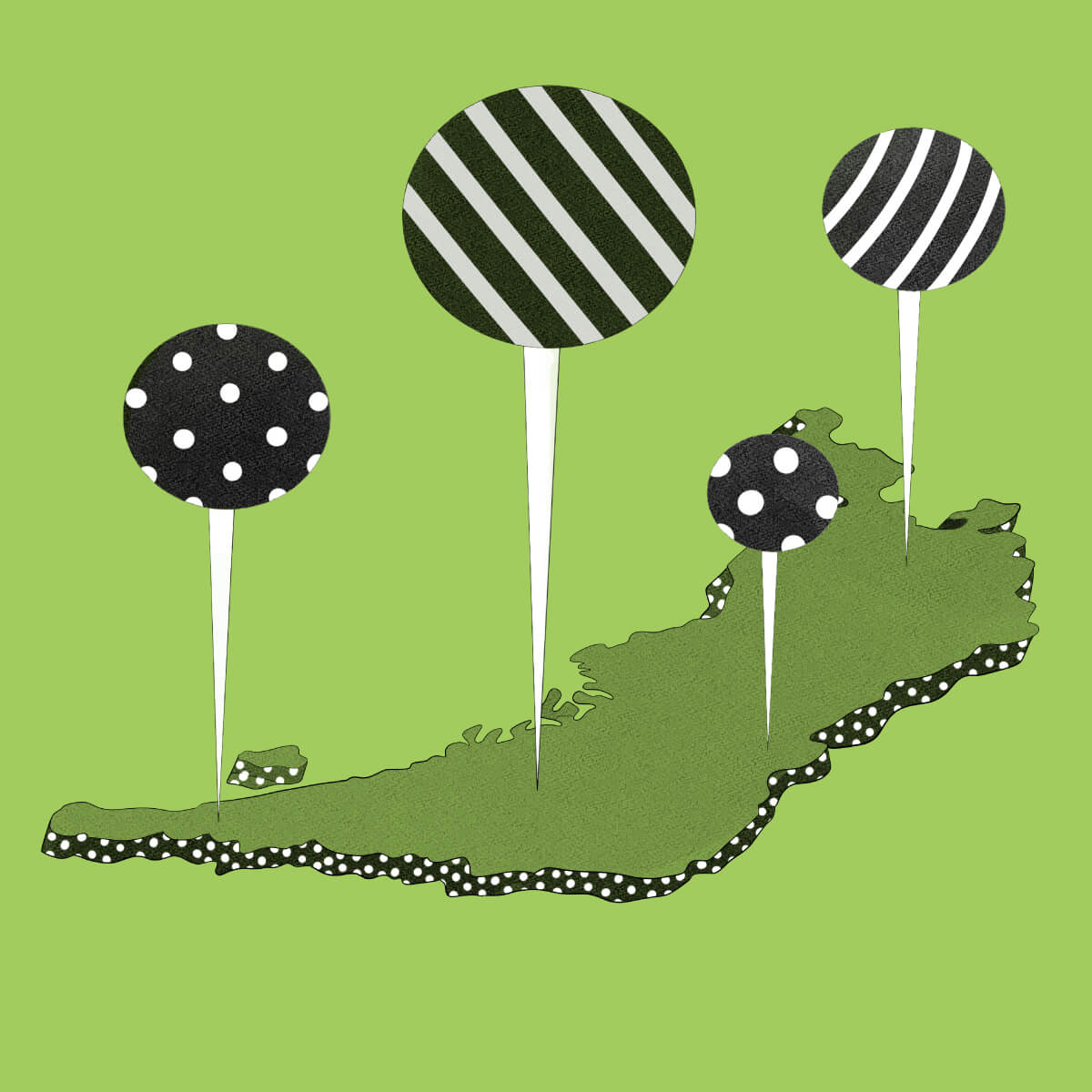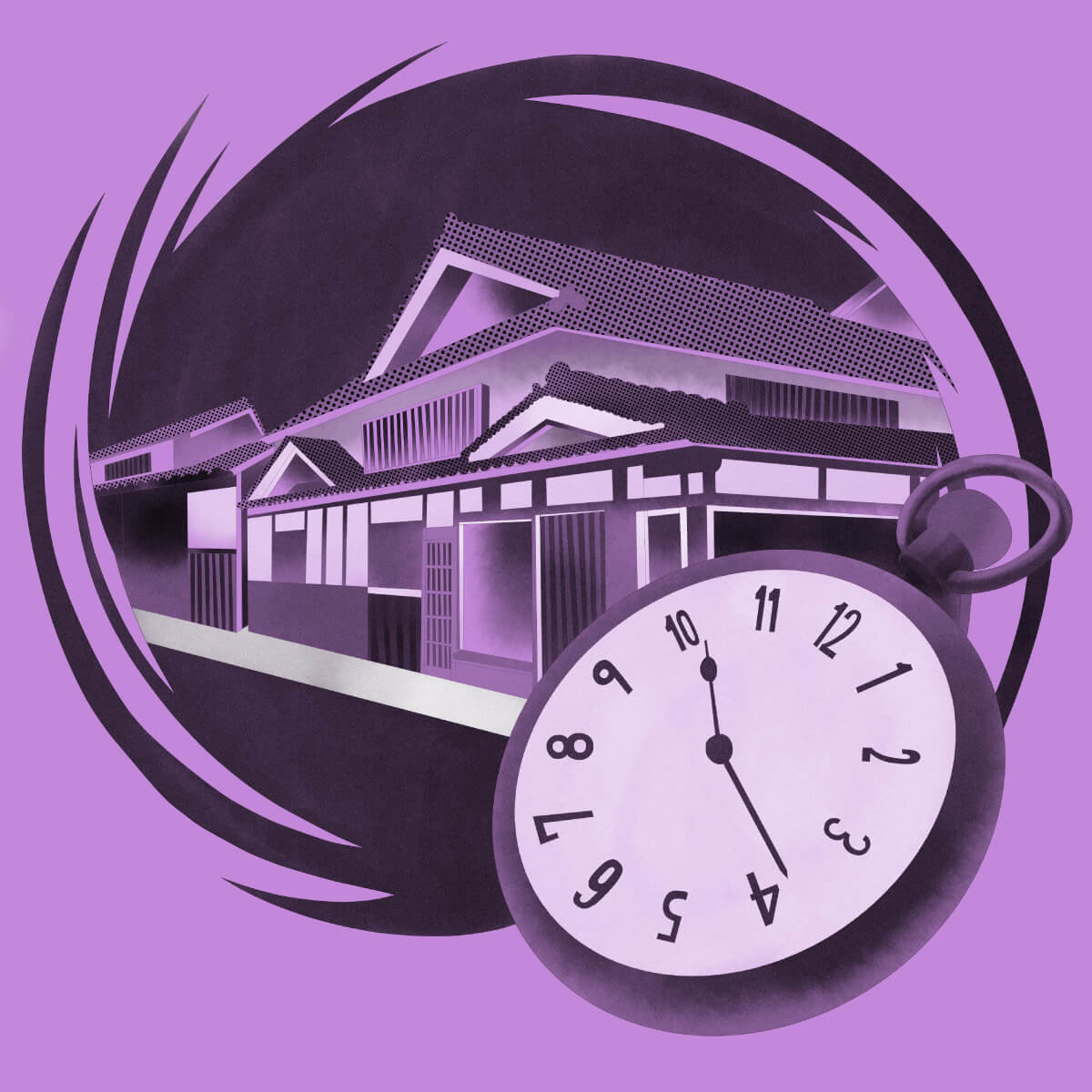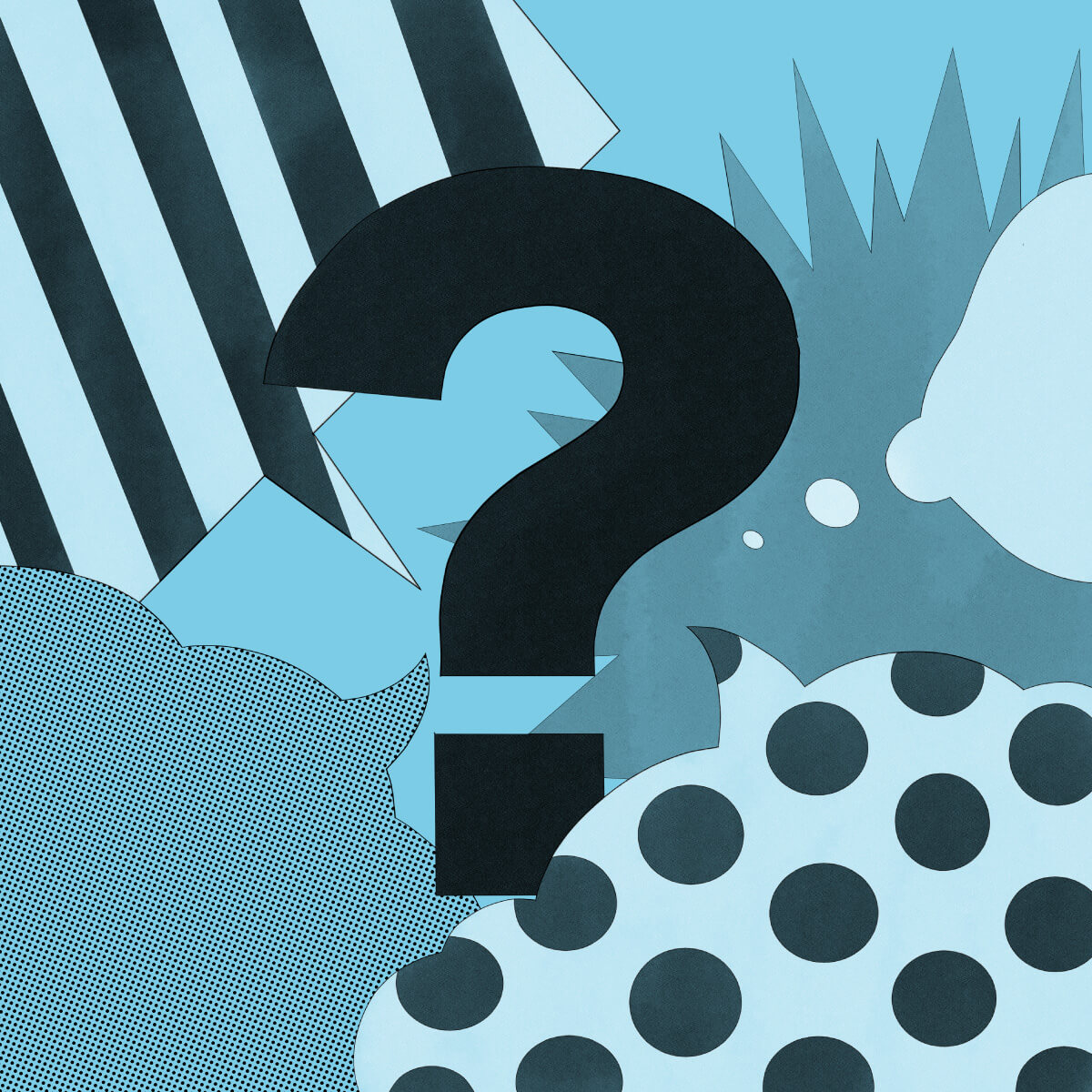-
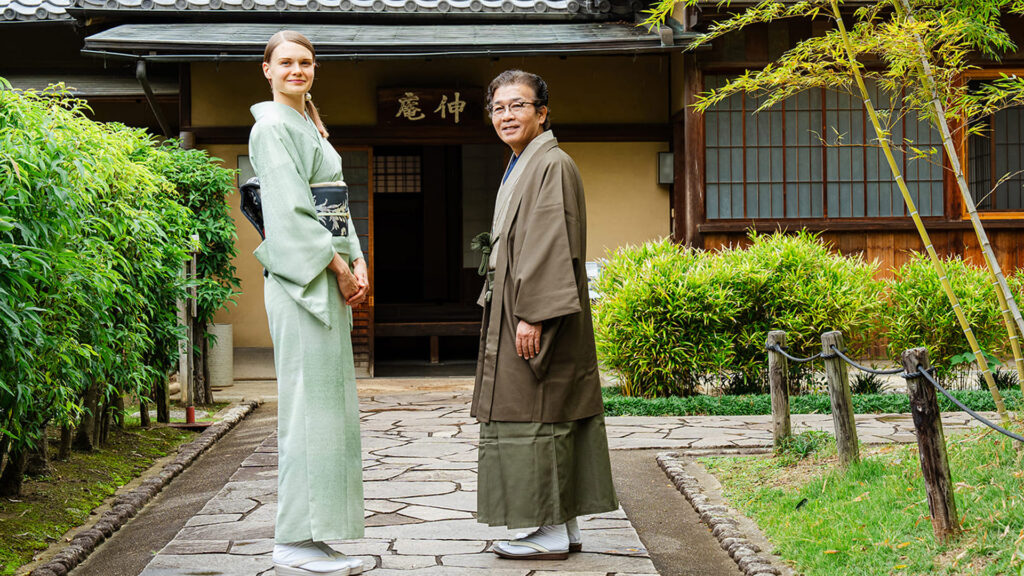 A German tea ceremony master visits Sakai, the birthplace of Sen no Rikyu! Discover the tea culture nurtured by its people.2024.12.12
A German tea ceremony master visits Sakai, the birthplace of Sen no Rikyu! Discover the tea culture nurtured by its people.2024.12.12 -
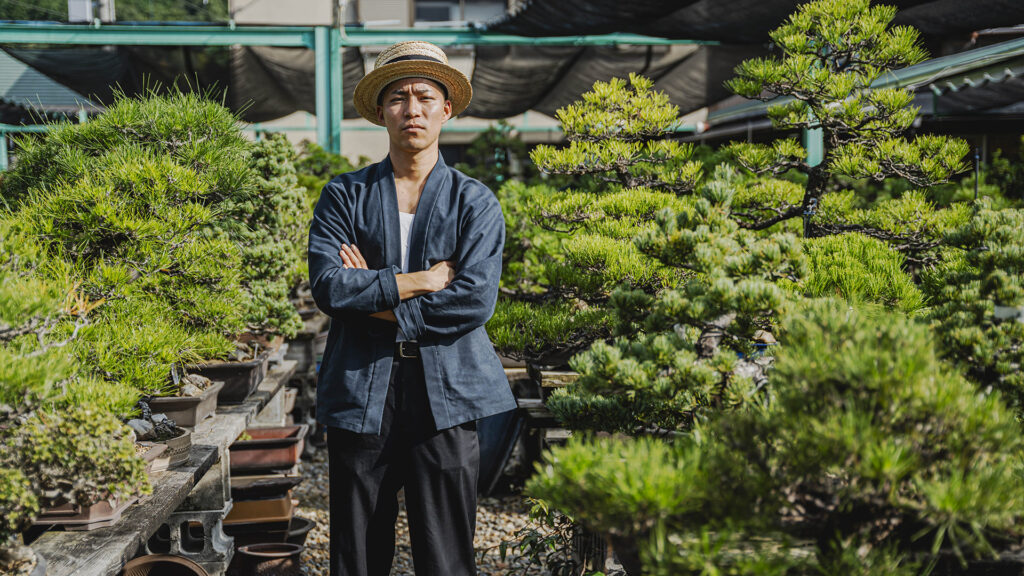 探訪令粉絲驚嘆不已的盆景聖地!大阪首屈一指的 「養庄園」,充滿魅力的植木之鄉池田市。2024.11.22
探訪令粉絲驚嘆不已的盆景聖地!大阪首屈一指的 「養庄園」,充滿魅力的植木之鄉池田市。2024.11.22 -
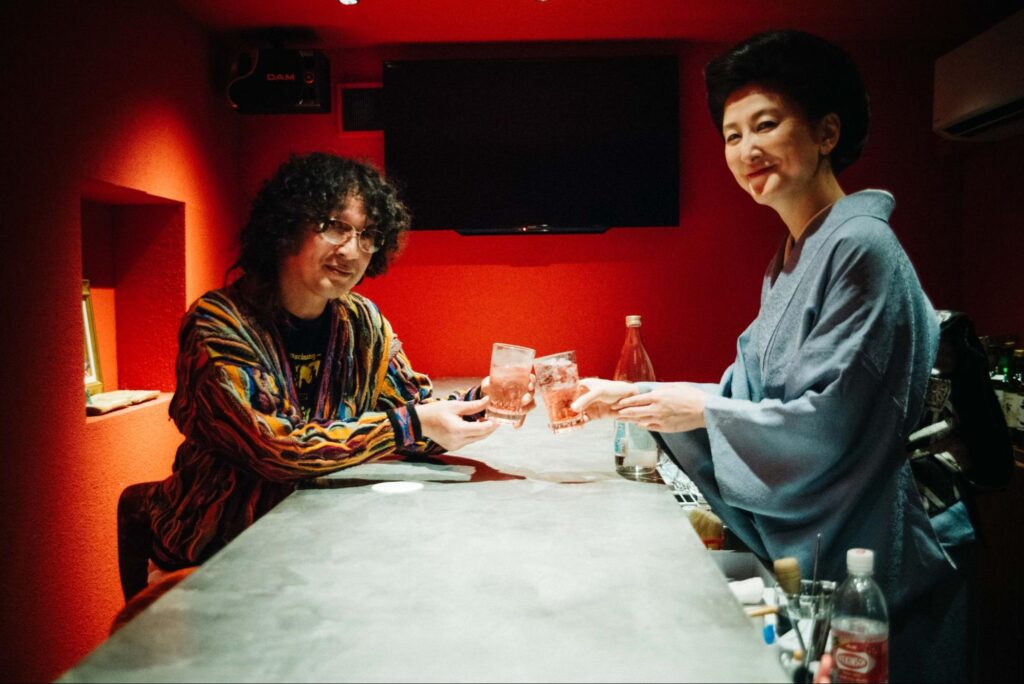 For a good time on a budget, head to the snack bar! Laughter, humanity, and a tipsy good time Six outstanding snack bars to try in Osaka2024.03.28
For a good time on a budget, head to the snack bar! Laughter, humanity, and a tipsy good time Six outstanding snack bars to try in Osaka2024.03.28

Lessons from a spa lover! Enjoying the art of contrast baths, appreciating both hot and cold baths, at Osaka’s hidden gem, Sankukai Onsen.
2024.03.28
Osaka, the city with the second-highest number of public baths in Japan*, has a long-standing love affair with bathing culture. In this edition of “What’s Your OSAKAMANIA?”, Mr. Okebi (aka OKB), a hot spring enthusiast and the chairman of the Japan Contrast Bath Association, founded on February 6, 2024 (affectionately known as Bath Day in Japan), will share insights into the art of contrast bathing at Sankukai Onsen.
*Source: “Report on Hygiene Administration for 2022” by Japan’s Ministry of Health, Labour and Welfare

While Osaka boasts many unique public bathhouses, known as onsen, our spotlight in this edition is on Sankukai Onsen, nestled in the town of Nose (pronounced NOH-seh) within the Toyono District of Osaka Prefecture, surrounded by nature’s abundance. This hidden bathing facility, about an hour’s drive from Osaka City, has a reputation that makes it worth the journey.
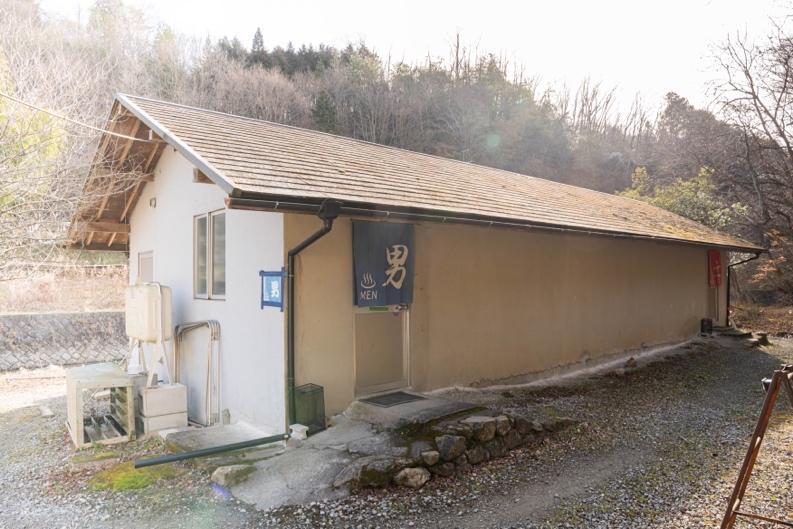
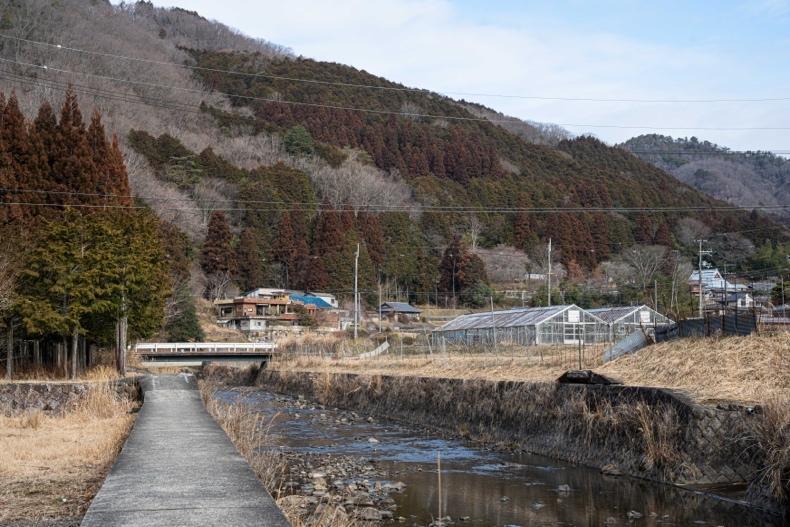
The Sankukai Onsen was established in 1992. Upon discovering that many natural springs with therapeutic properties have been found in this area since ancient times, the owner—who also operates an acupuncture clinic—dug into the ground and founded the facility. Initially catering exclusively to patients for therapy and rehabilitation, the establishment was transformed after the 1995 Great Hanshin Earthquake, when the owner opened his doors to people without access to baths. Subsequently, facilities were upgraded to accommodate the general public.
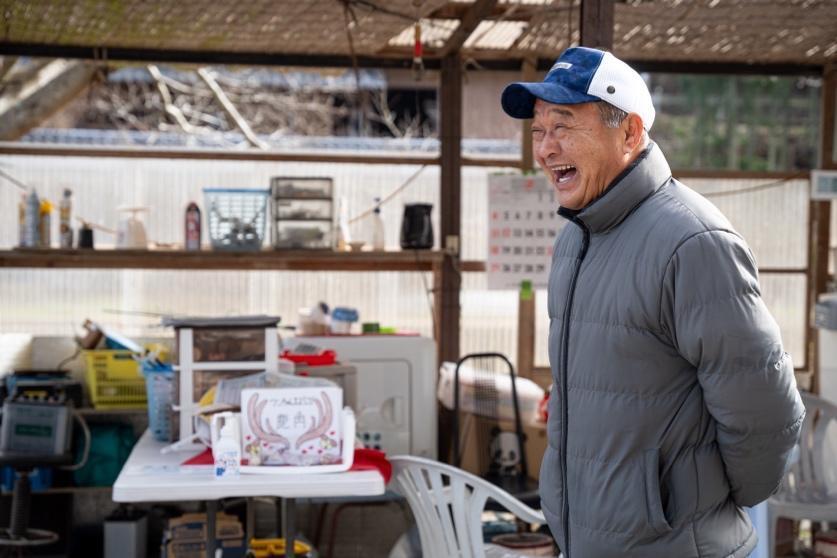
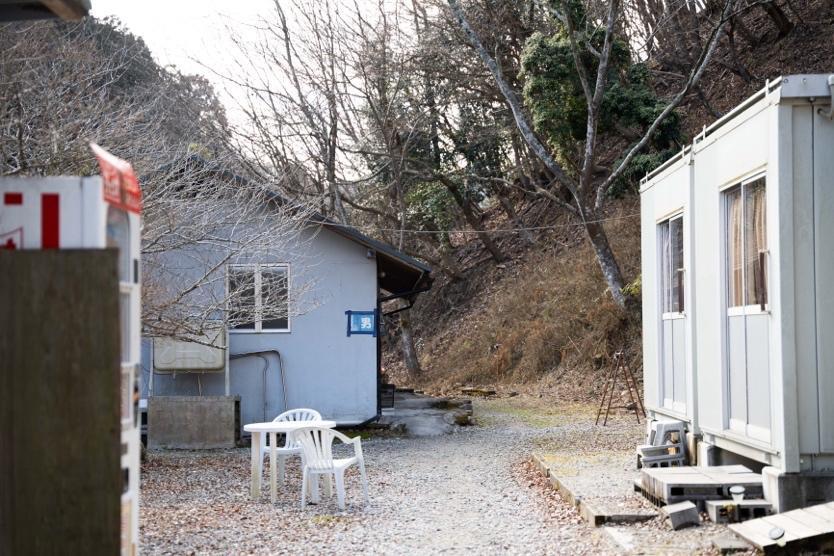
Even today, visitors flock to the baths for therapeutic purposes, but there’s also a legion of bath enthusiasts captivated by the spring’s quality. Among them is OKB, who’s been a regular for eight years and counting. OKB is no casual onsen-goer; in fact, he achieved an impressive feat last year by going to onsen and spas for 365 days straight, totalling over 500 visits! Today, he’ll reveal what exactly about this spring’s quality makes him shout, “It’s incredible!” He’ll also share the joy of contrast bathing, which means alternately immersing in hot and cold baths.
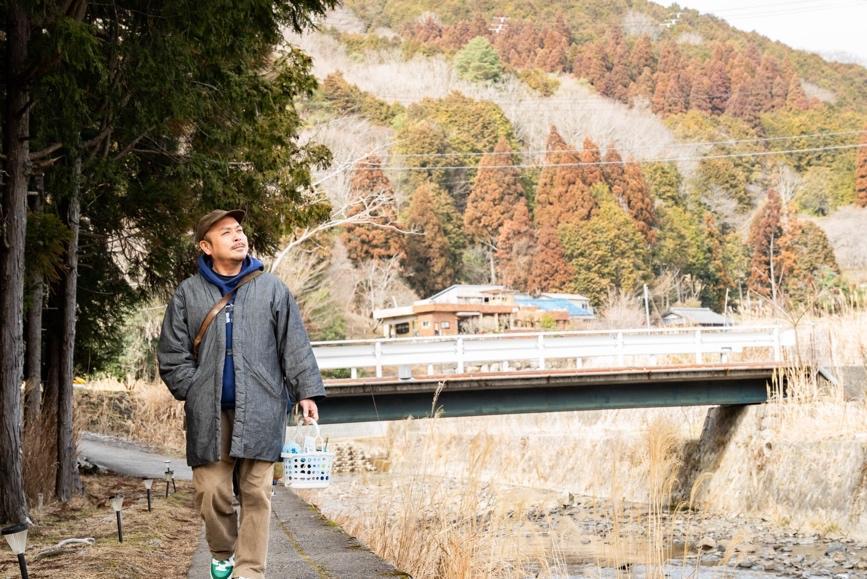
-
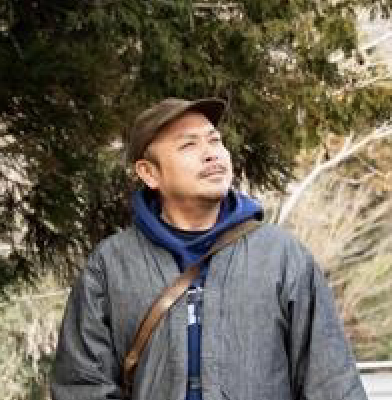 OKB(Okebi)A native of Osaka, affectionately known as Okebi, he is a hot spring enthusiast and the chairman of the Japan Contrast Bath Association. He spearheads media outlets like Full-Time Furo (Bath) Time, which shares information about contrast baths all over Japan, and the music label OkeMUSIC FACTORY, which releases music about bathing. Considering it his lifework, he champions the charm of public bathhouses and contrast baths.
OKB(Okebi)A native of Osaka, affectionately known as Okebi, he is a hot spring enthusiast and the chairman of the Japan Contrast Bath Association. He spearheads media outlets like Full-Time Furo (Bath) Time, which shares information about contrast baths all over Japan, and the music label OkeMUSIC FACTORY, which releases music about bathing. Considering it his lifework, he champions the charm of public bathhouses and contrast baths.
Pure and Free-flowing Cold Springs with the Best Water Quality in Osaka
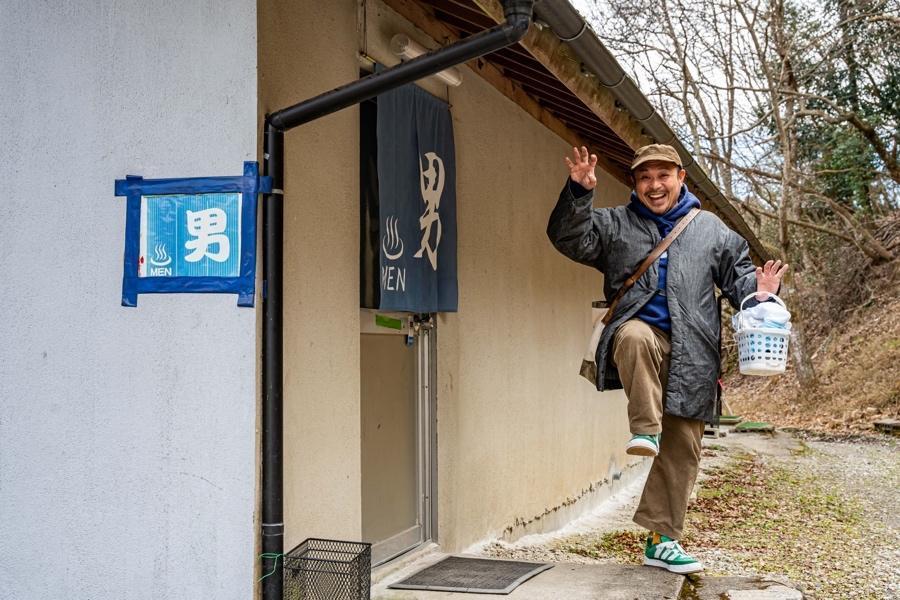
The art of contrast bathing, which Okebi champions, involves alternating between dipping in hot and cold water. It is believed that hot baths activate the parasympathetic nervous system while cold baths stimulate the sympathetic nervous system, ultimately restoring the balance of our autonomic nervous system. Okebi recommends a temperature of 43°C and above for hot baths and 20°C and below for cold baths. The reason he decided to put the spotlight on Sankukai Onsen this time is the remarkable quality of the cold spring water. Okebi, who has in recent years turned his attention to the water quality of not just hot springs but also cold springs, speaks highly of the cold spring found here.
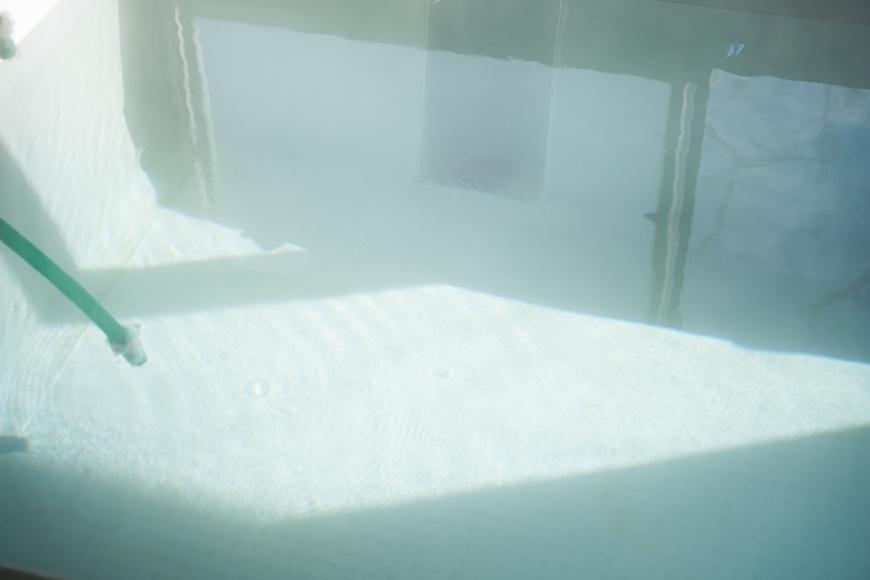
Sankukai Onsen is extraordinary because its water is drawn from just 70 meters below ground. In an area like Osaka where hot springs are usually drawn from depths of over 1,000 meters, a spring this shallow is quite rare . Typically, the deeper it is, the more powerfully hot water gushes from the spring. However, the owner discovered this spring at a much shallower depth than anticipated, and he could not stop the vigorously rushing waters. As a result, Sankukai Onsen’s water source is naturally cold and flows freely into the baths.
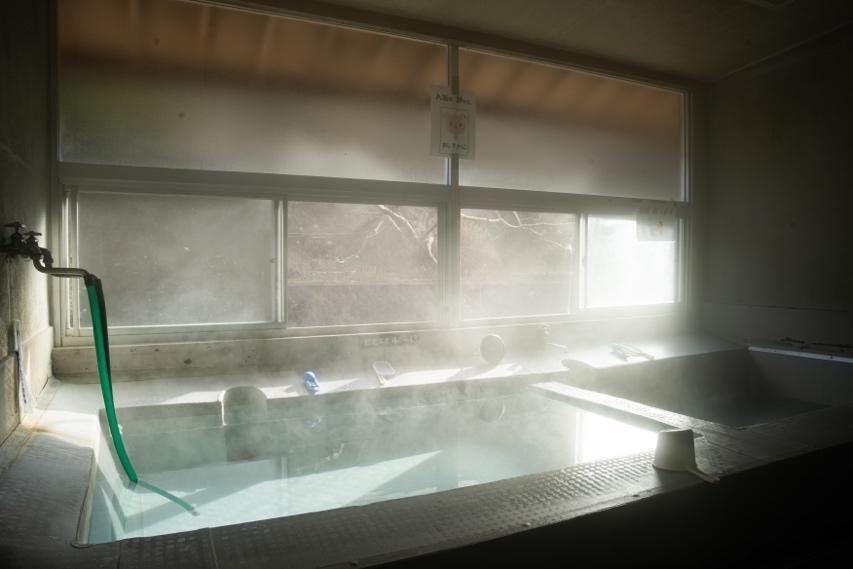
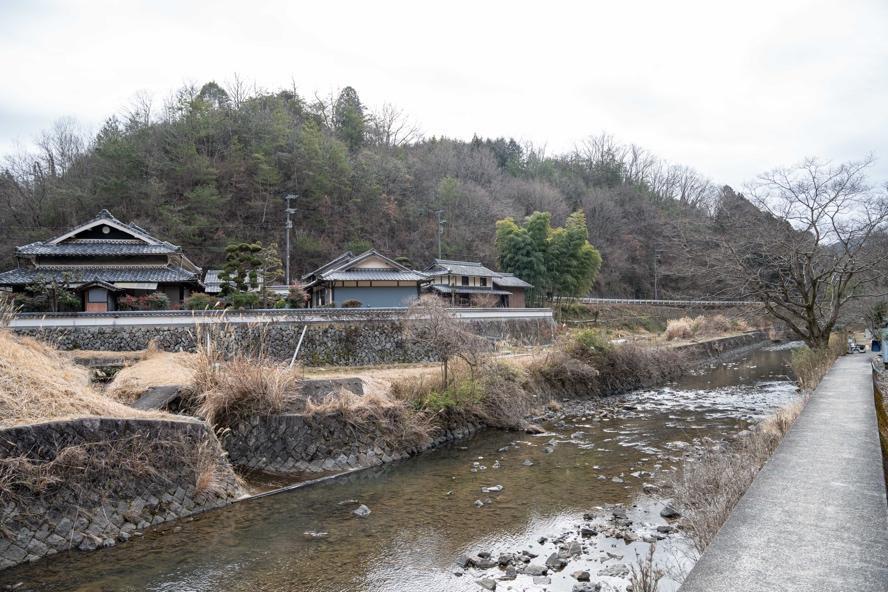
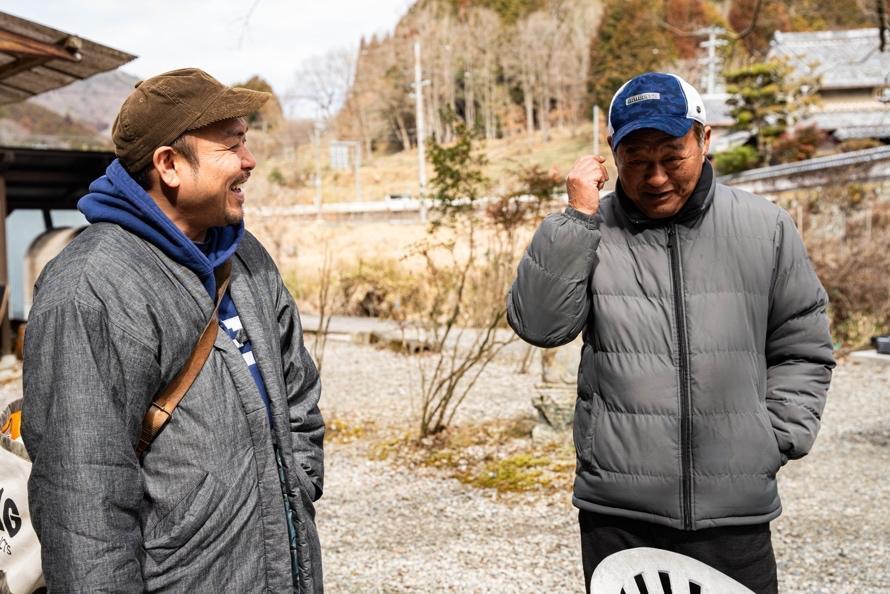
Sankukai Onsen features a sodium bicarbonate sulfur spring. The cold spring water, featuring an unmistakable sulfur scent, is used as-is for the cold bath and heated for the hot bath. According to Okebi, “This is the only spring water in Osaka with such a strong sulfur scent. The smell usually diminishes when heated, but here, it is still present even in the hot bath, which shows the tremendous potential of this cold spring! I think it’s the best in Osaka Prefecture.”
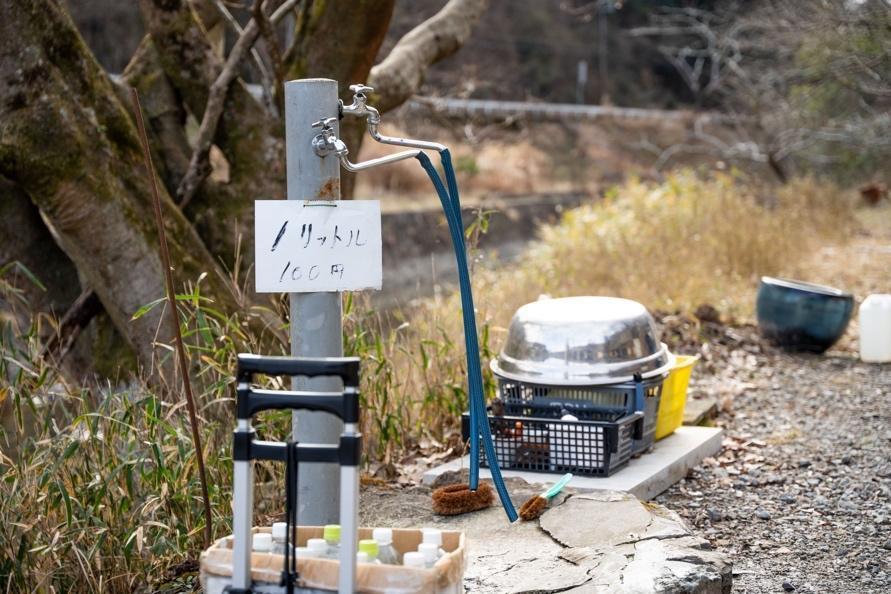

Okebi’s Contrast Bathing Ritual at Sankukai Onsen: Alternating hot and cold baths, ending with a lukewarm, hot, then cold bath.

Now, let’s dive into Okebi’s contrast bathing ritual at Sankukai Onsen. The compact bathing area only fits up to six bathers at a time. There are three tubs, each set at different temperatures: the hot bath is around 40°C to 43°C, the lukewarm bath is roughly 32°C to 36°C, and the cold water bath is approximately 18°C.

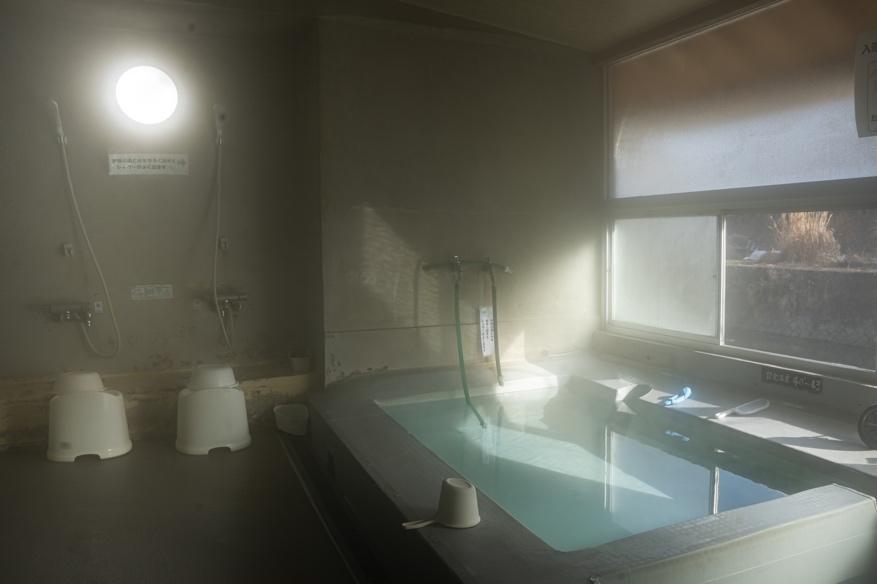
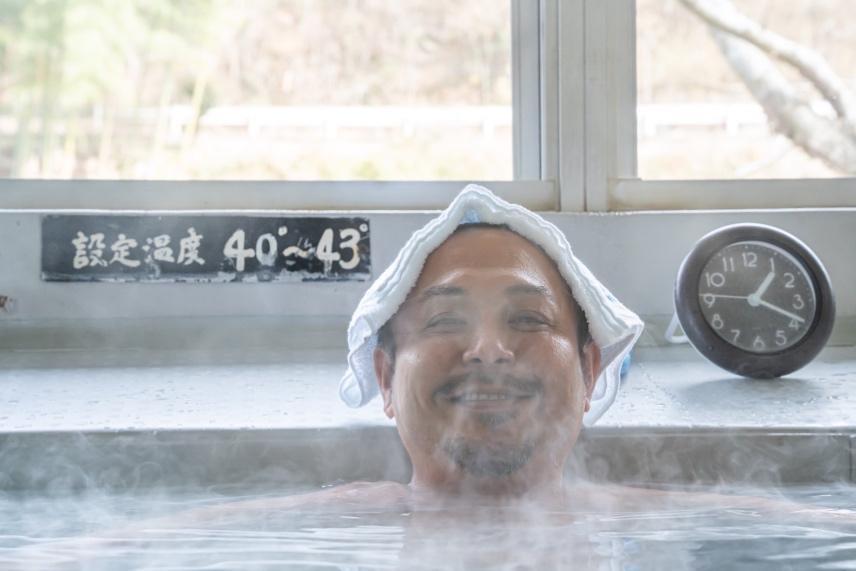
Remember to pour hot water over your body before immersing in the hot bath. Once you feel the heat permeating your core, switch to the cold water bath before overheating. The recommended duration for the cold water bath is one to two minutes. Repeat the hot and cold bath sets several times, and in the final set, dip in the lukewarm bath before finishing with your last hot and cold bath. Last but not least, instead of taking a shower to end your session, rinse with the cold spring water from the hose in the cold bath. This is Okebi’s contrast bathing ritual at Sankukai Onsen!
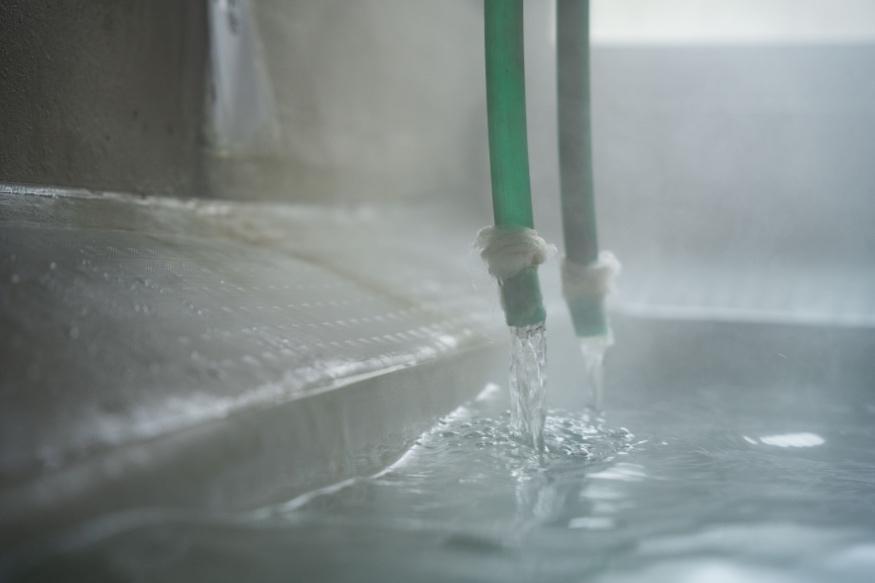
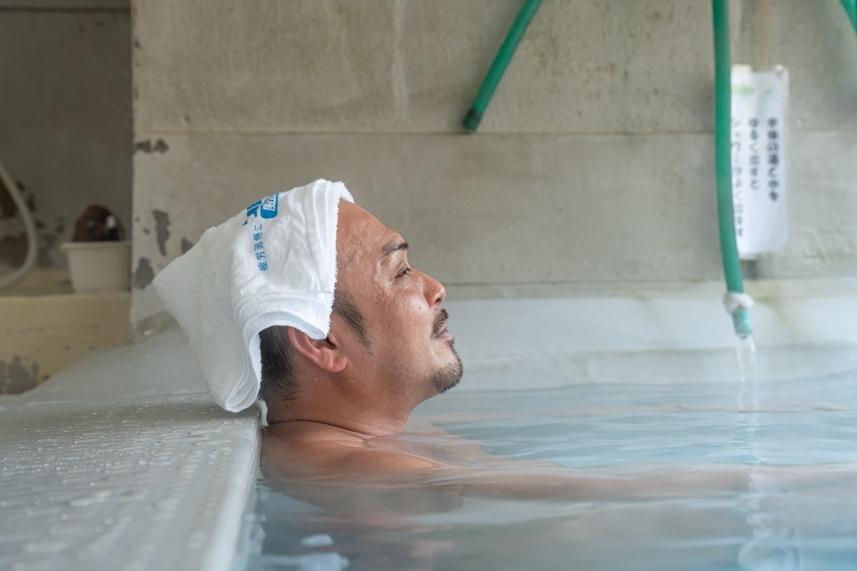

The cold bath also has a faucet, so you can enjoy entering the cold spring water with a big, satisfying splash. “It may feel chilly initially, but it will gradually adapt to your skin temperature while your body slowly adjusts to it,” explains Okebi. Remember to turn off the tap completely when exiting!



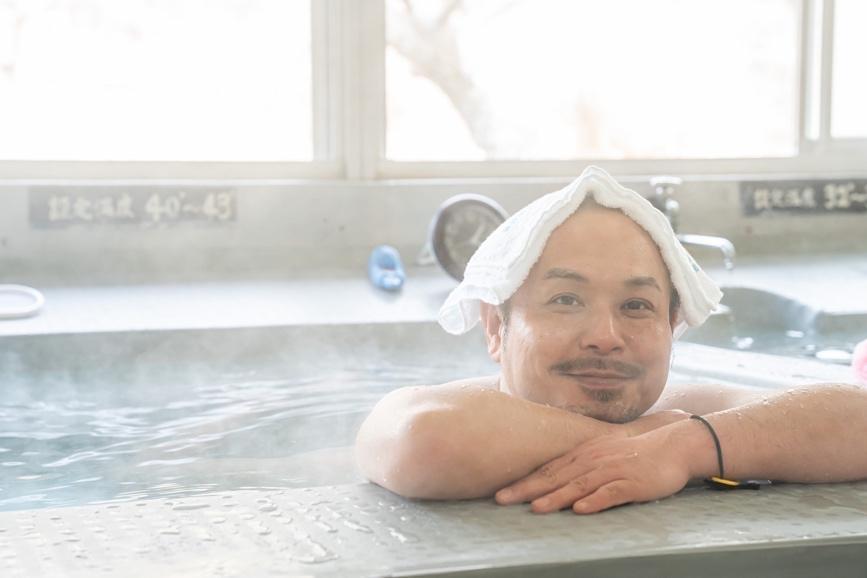
He recommends spending about one hour in the bathing area. This ensures that your body becomes pleasantly warm from the core, leaving you slightly dizzy but satisfied (our reporters certainly were!). When asked about the best time to wash your body, Okebi says it is nonsensical to wash yourself midway through bathing at Sankukai Onsen. According to him, it’s best to either rinse by pouring hot water over your body or wash with the shower heads at the very beginning.
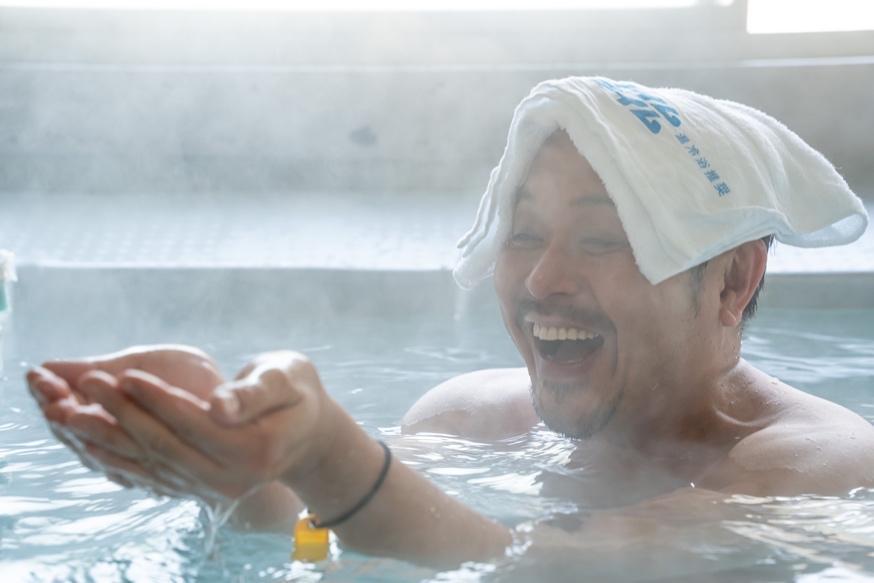
This is because you risk washing away the spring minerals absorbed into your body. Especially for those seeking therapeutic benefits, not washing the body midway allows you to properly retain the benefits—restoring the balance of the autonomic nervous system with contrast bathing and “absorb” the good stuff. According to Okebi, there’s plenty of benefits to “absorb” at Sankukai Onsen, making it incredible.
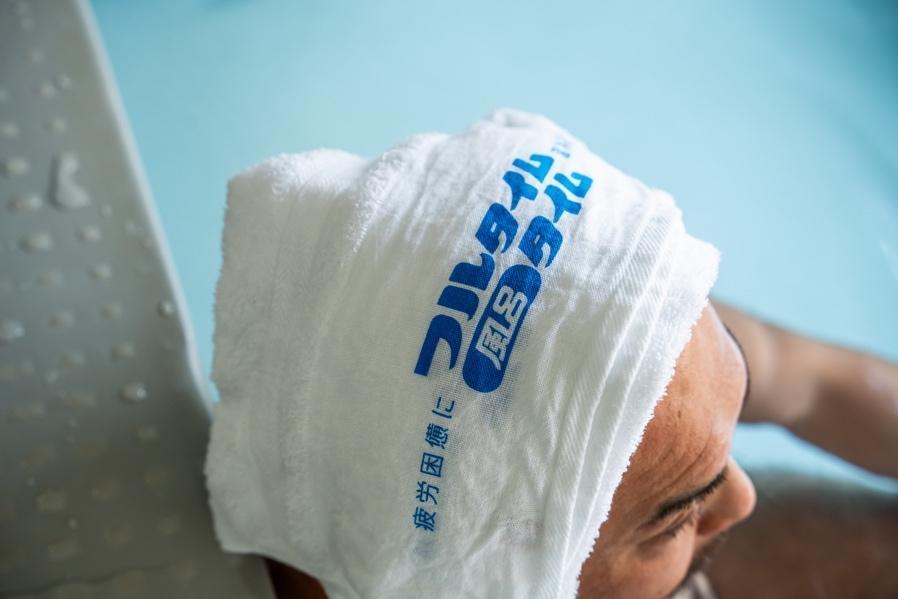
From here on, Okebi went off on a tangent, discussing some advanced stuff like enjoying “exfoliating” after “absorbing.” “Exfoliating is a high-level technique performed by those who know how best to enjoy contrast bathing and understand the significance of cold baths and saunas. It makes the body feel lighter.,” he explained.
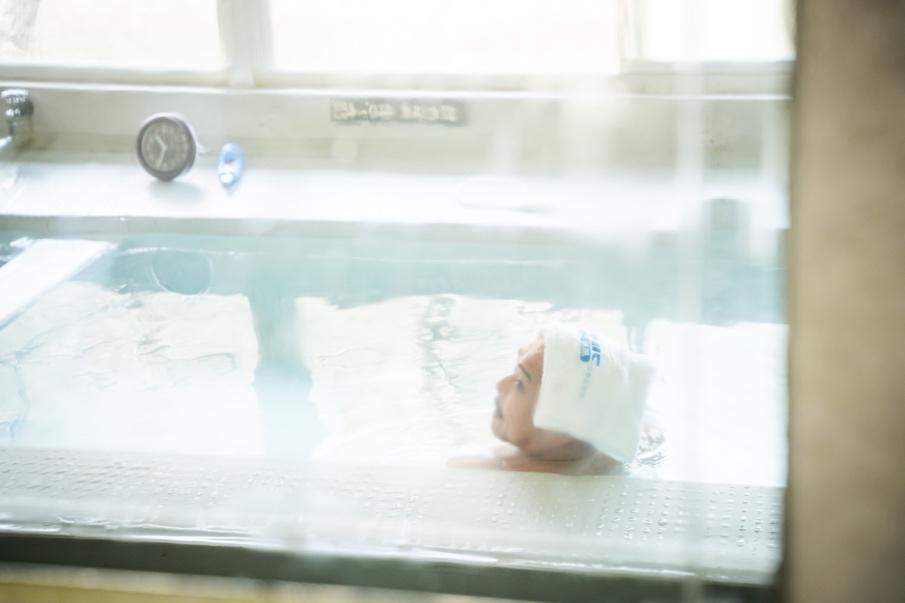
You may be wondering, “What does that even mean?” When asked to elaborate, he explained that while mineral springs are beneficial, absorbing too many minerals through your pores can make you feel dizzy. When that happens, Okebi recommends stopping by another public bath on the way home, sweating it out in a sauna, or enjoying a contrast bath with an ice-cold bath (groundwater or soft water is best!) and a hot bath. This way, the excess minerals are appropriately “exfoliated,” making the body feel lighter. Truly an advanced technique.
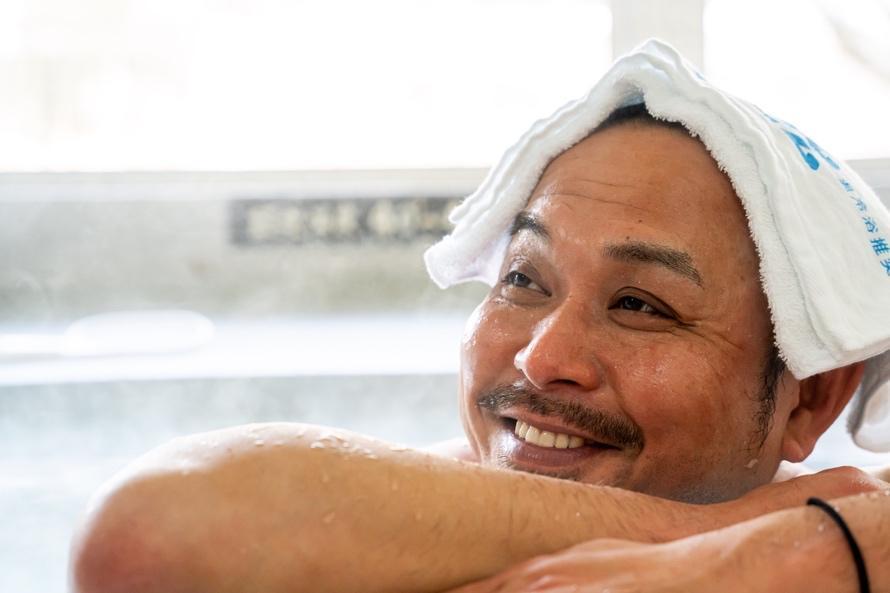
While that was perhaps a little too advanced for general readers, the fact that the trip to Sankukai Onsen evoked such passion from Okebi shows how amazing the cold water spring is. Cherished for its therapeutic effects and hidden within the verdant natural landscape of Nose, Sankukai Onsen is an establishment you don’t want to miss. We’re convinced that once you’ve soaked in it, you’ll want to return again and again, yearning for the exquisite hot and cold baths!
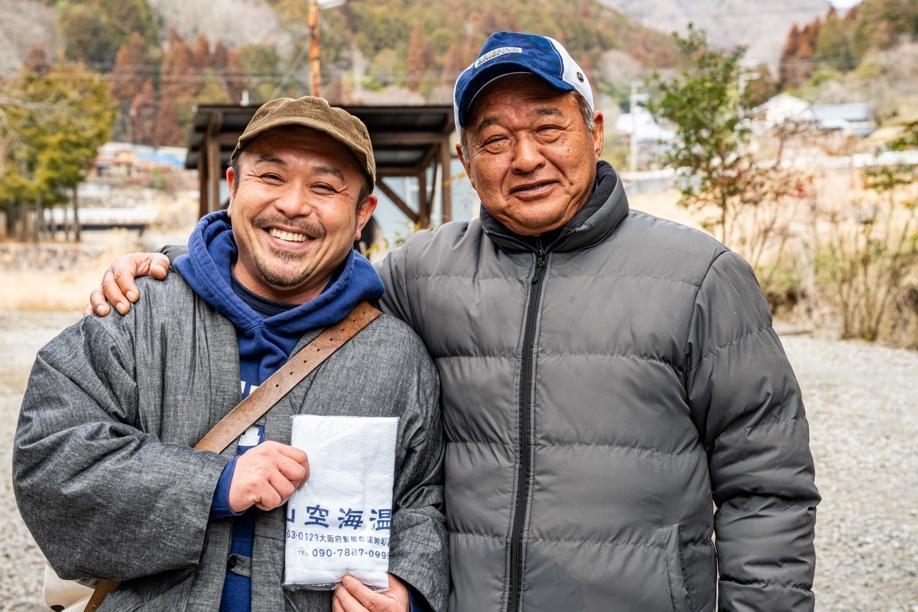


Business hours: April to September / Weekdays 10:00 a.m. to 6:00 p.m., Saturdays 10:00 a.m. to 7:00 p.m., Sundays and National Holidays 8:00 a.m. to 7:00 p.m.October to March / Weekdays 10:00 a.m. to 5:00 p.m., Saturdays 10:00 a.m. to 6:00 p.m., Sundays and National Holidays 8:00 a.m. to 6:00 p.m.National Holidays coinciding with Thursdays and Fridays / 10:00 a.m. to 6:00 p.m. Closed: every Thursday and Friday Language: only Japanese Phone Number: (+81) 90-7887-0995 Fees: ¥800 for adults, ¥500 for children (12 and under), and ¥300 for infants (3 and under)
Always Hungry After a Bath! After bathing at Sankukai Onsen, fill up with a delectable bowl of rice with egg.

After unwinding at Sankukai Onsen, head to Tamagoya Tansyuji to indulge in Okebi-san’s highly recommended tamago kake gohan (aka TKG, a bowl of rice mixed with raw egg). This dish is the perfect way to recharge energy and recover from the slight daze.
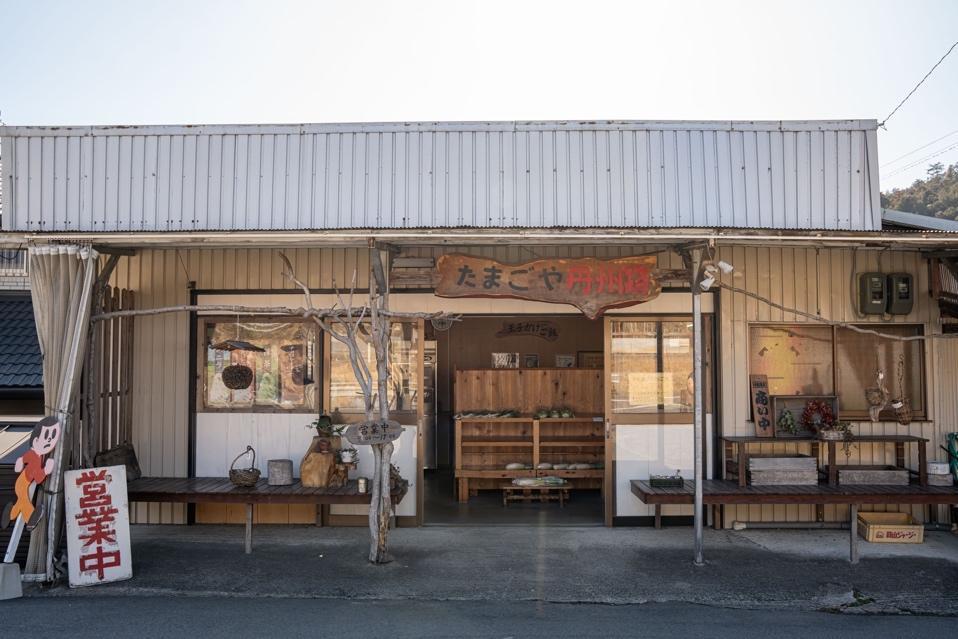
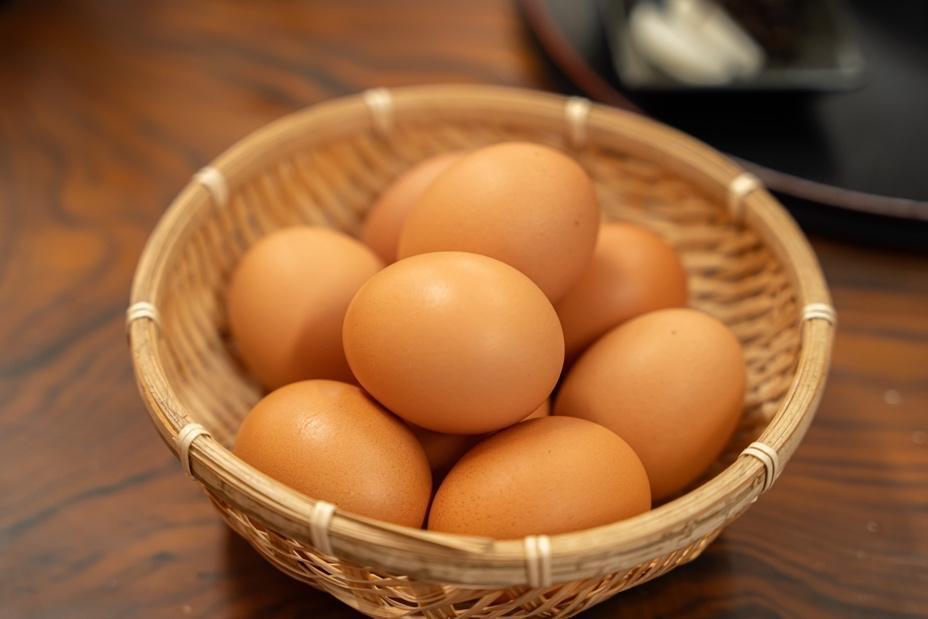
Tansyuji’s TKG uses high-folate eggs delivered daily from a local poultry farm. Laid by chickens raised with thorough attention to their feed, the eggs are rich in folate, a vital vitamin for the human body, making them intensely flavorful. The other element of the dish is locally grown Kinuhikari rice, which offers a sweet and rich taste.

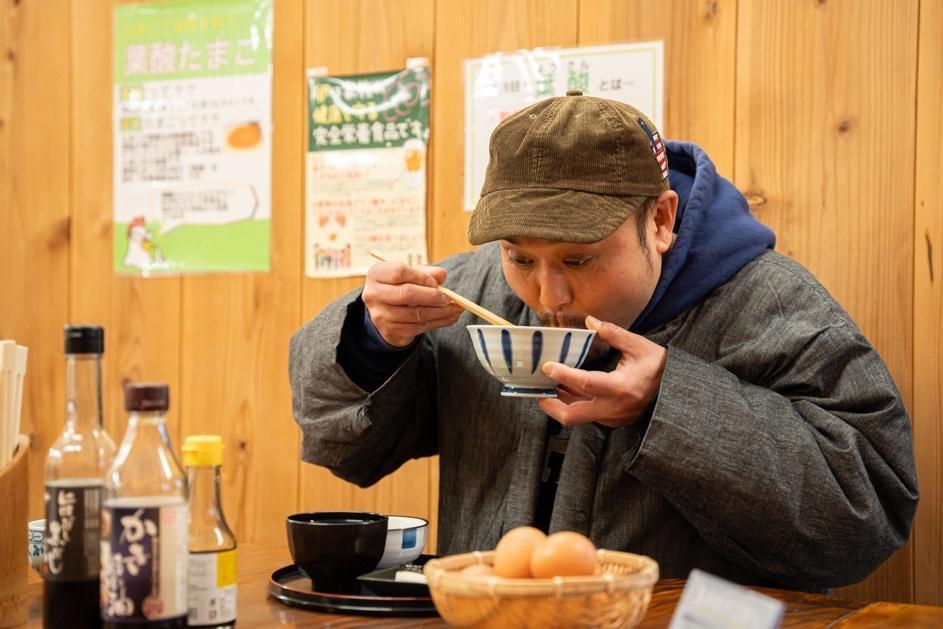
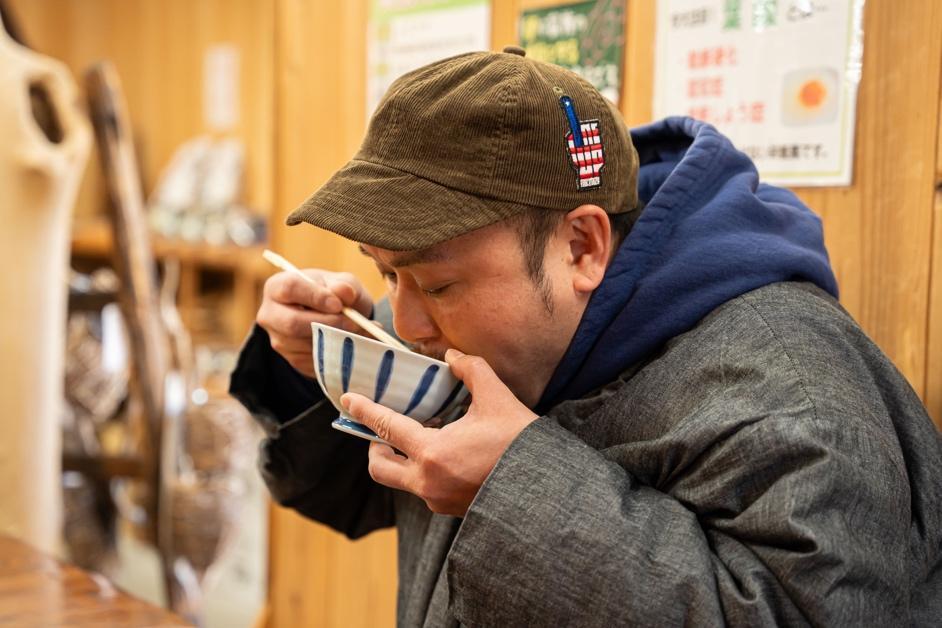
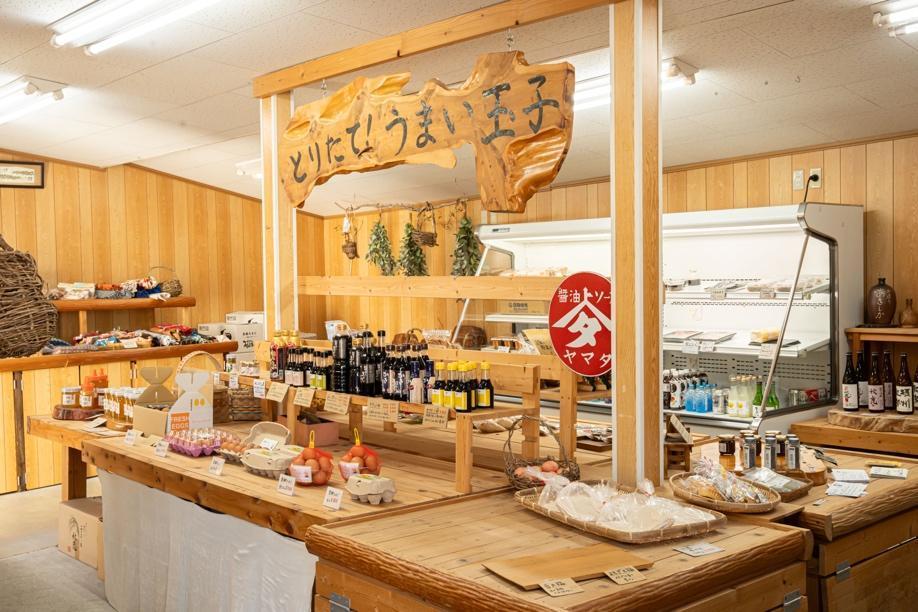
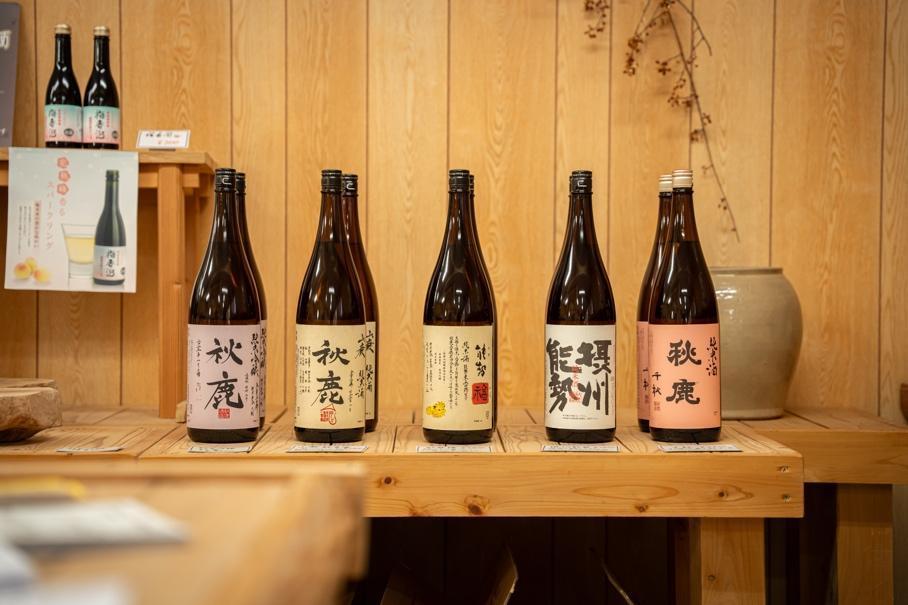
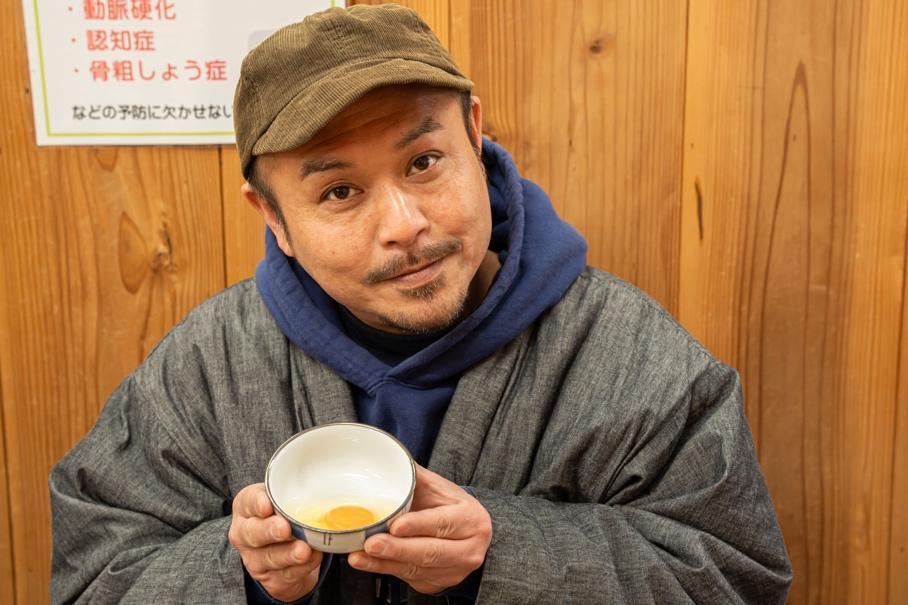


Business hours: 9:00 a.m. to 4:00 p.m. (TKG is available only on Saturdays, Sundays, and National Holidays from 11:00 a.m. to 2:00 p.m., while the stock of rice lasts.) Closed: every Wednesday Phone Number: (+81) 72-734-4441 Website
Don’t Miss These Either! Okebi’s Top Picks for Public Baths
1. Suehiro Onsen
Osaka’s Pride: The Contrast Bathing Sanctuary

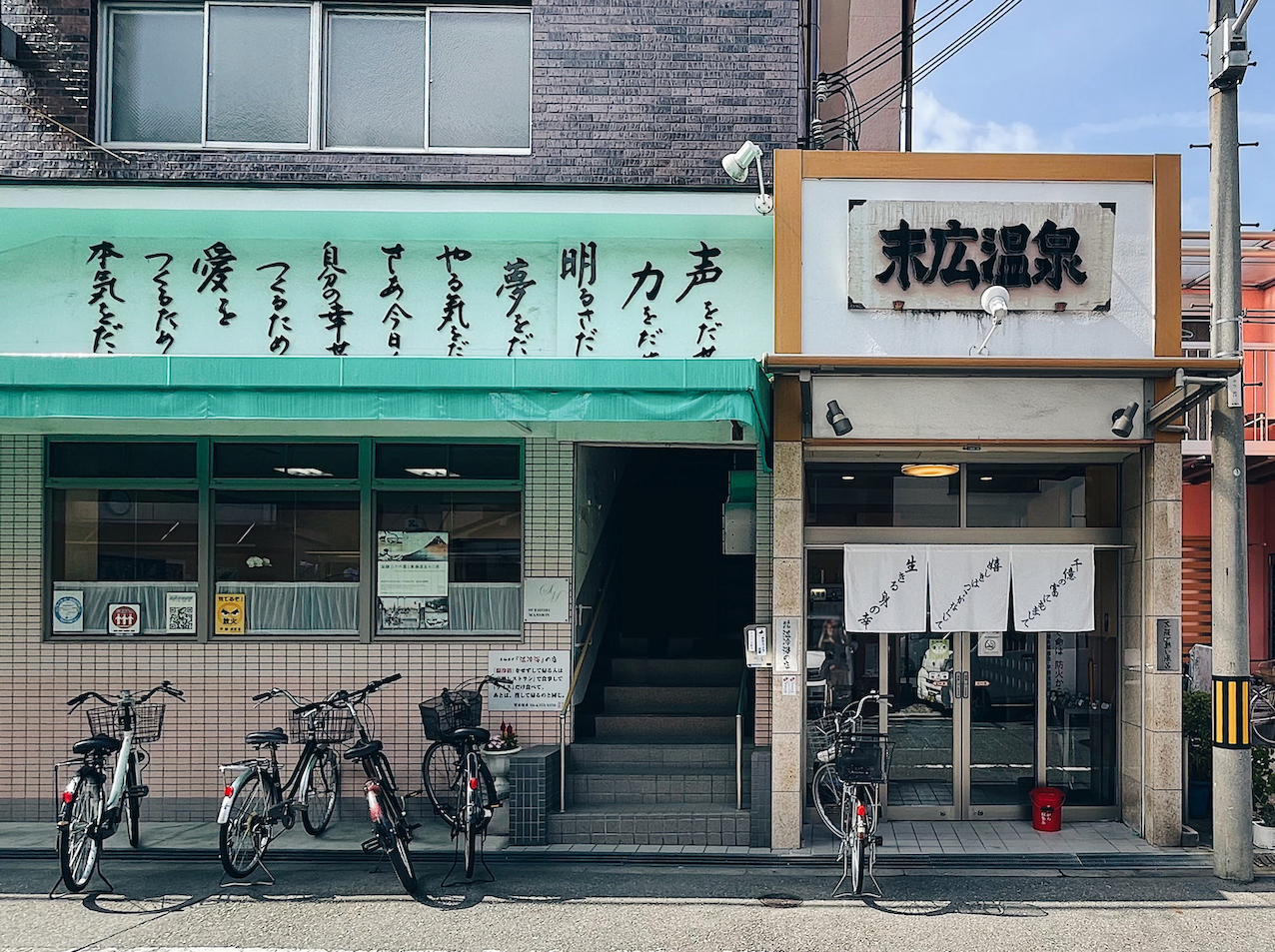
Business hours: 2:00 p.m. to 12:00 a.m. Closed: every Friday Language: only Japanese Phone Number: (+81) 6-6703-5356 Website Instagram
2. Yao Grand Hotel
AKA the Contrast Wonderland

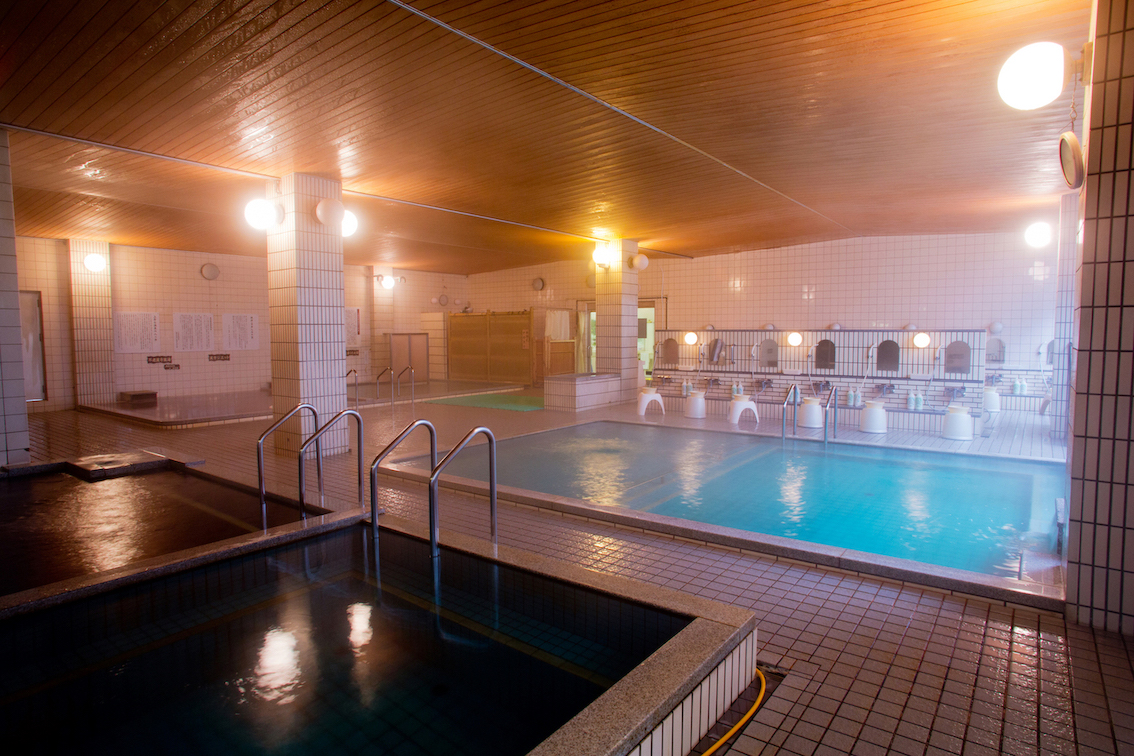
Business hours: 10:00 a.m. to 8:00 a.m. (on the next day) Regular Holiday: None Language: only Japanese Phone Number: (+81) 72-994-3591 Attention: Tattoo NG Website X
3. Fudo Hot Spring
A Rare Natural Hot Spring in the Heart of Osaka City


Business hours: 10:00 a.m. to 10:30 p.m. Regular Holiday: None Phone Number: (+81) 6-6969-5986 Website
Experience Excellent Hot Springs & Cold Baths in Osaka!
In this edition of OSAKA Mania Exploration, we learned the ins and outs of contrast bathing from Okebi at Sankukai Onsen, a hidden gem and a legendary bathhouse in Osaka. Feeling the urge to visit a bathhouse and try contrast bathing?
Well, there’s no time like the present. Dive in while the water is hot! Start with Sankukai Onsen! And do explore the other public baths recommended by Okebi and more. Osaka has many charming public bathhouses, allowing you to immerse in this unique Japanese culture and, most importantly, develop a love for hot and cold baths!
To wrap up, here’s a word from Okebi: “No matter which public bathhouse you visit, always remember to seek peak comfort. Since everyone has their own way of finding comfort, start by purely enjoying public baths. Lastly, I extend my heartfelt thanks in the spirit of warmth and coolness!
- Text
- Akihiro Maede
- Edit
- Akihiro Maede
- Photo
- Yuto Yamamoto
- Direction
- NINGEN, inc. Editorial department
Information presented here is current as of 2024. Please check the websites of the individual shops and facilities for up-to-date information on business hours.

